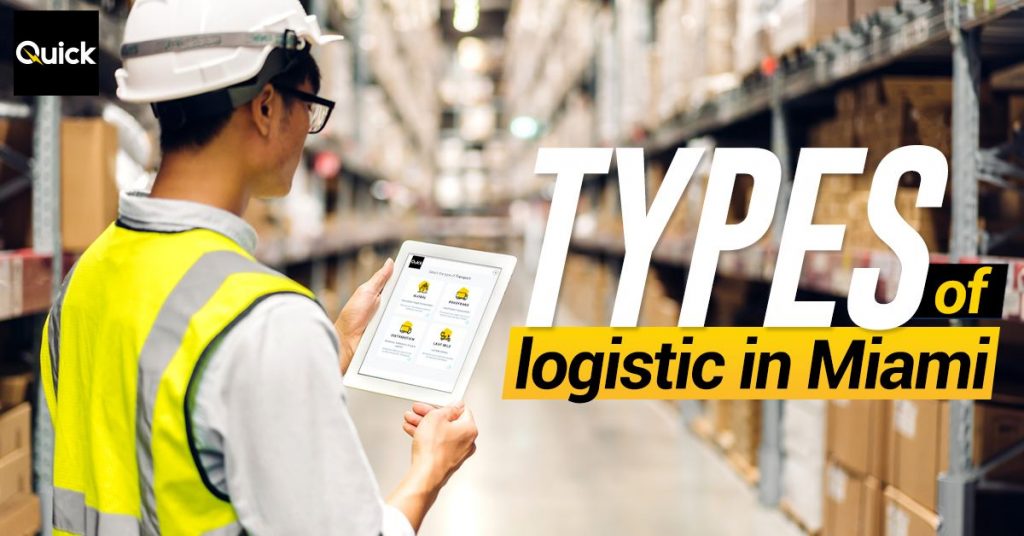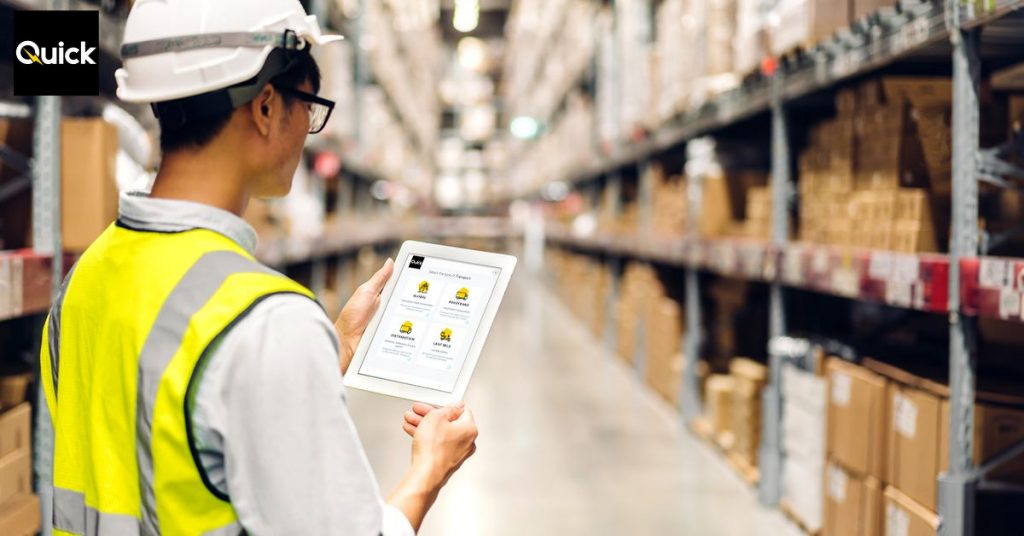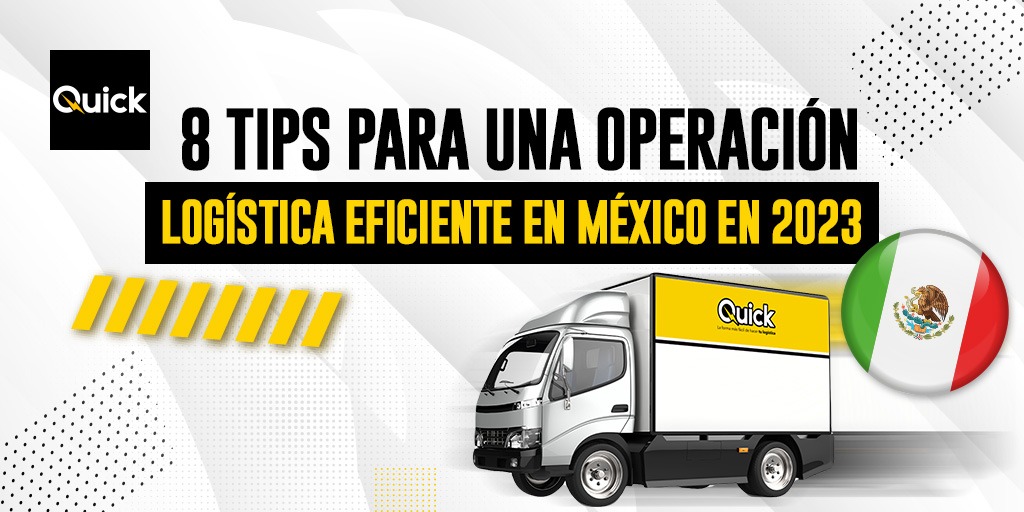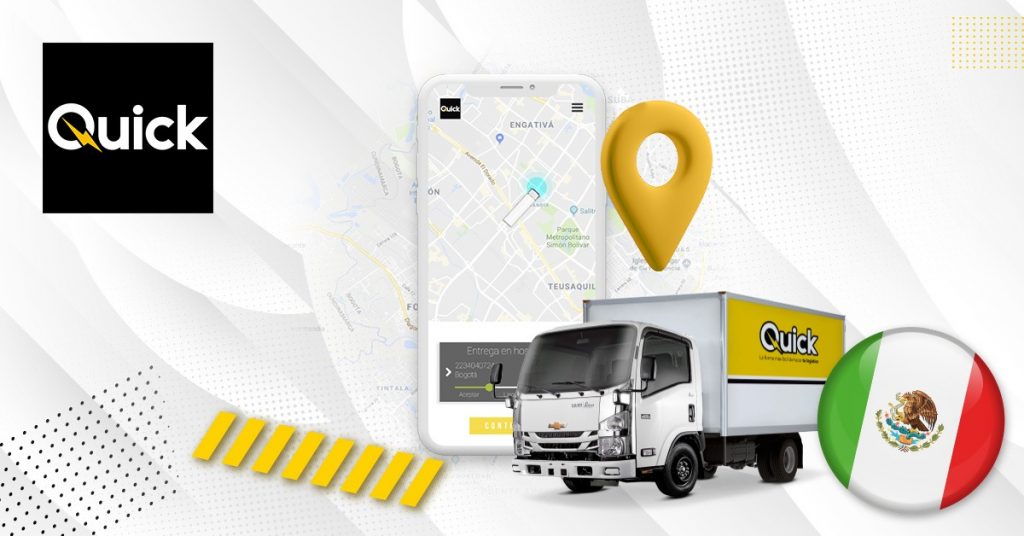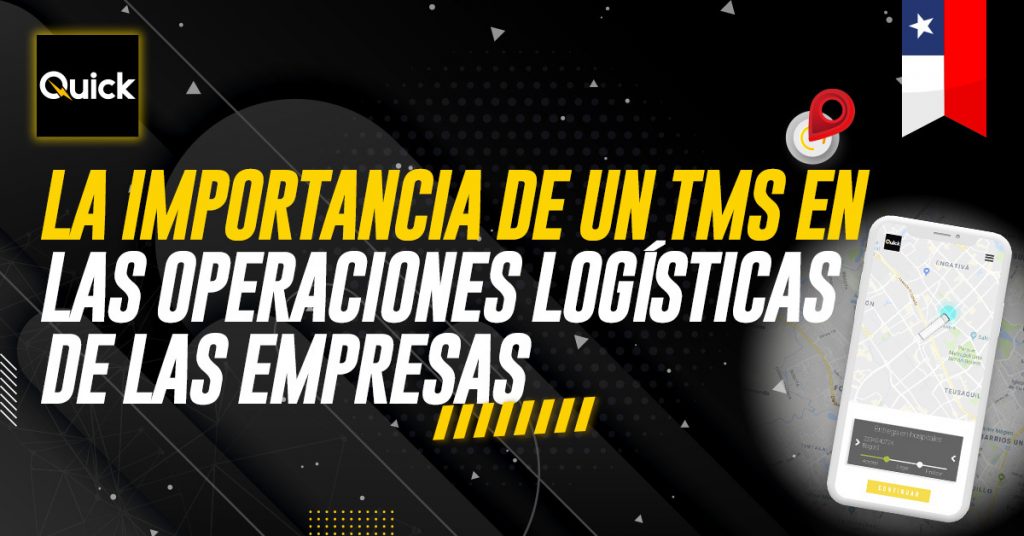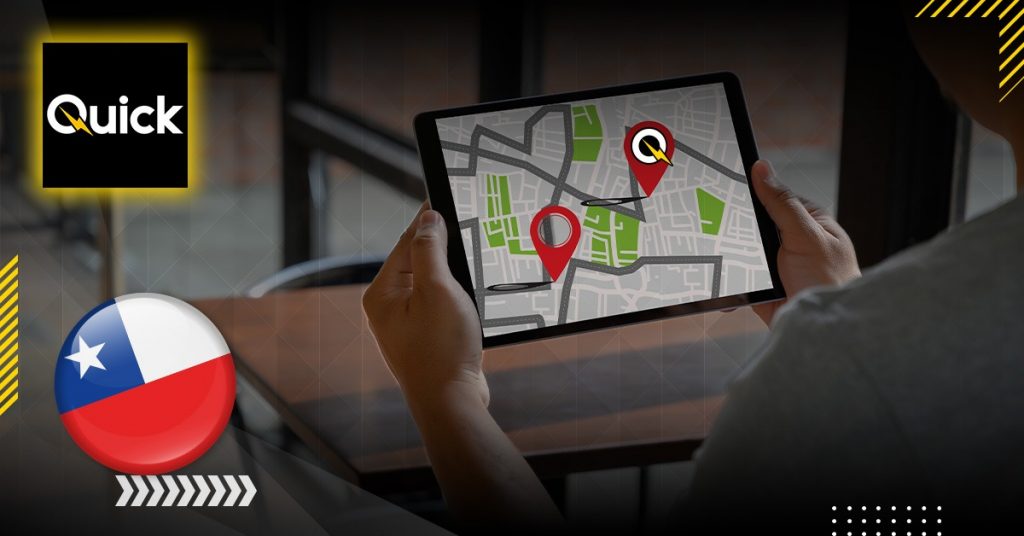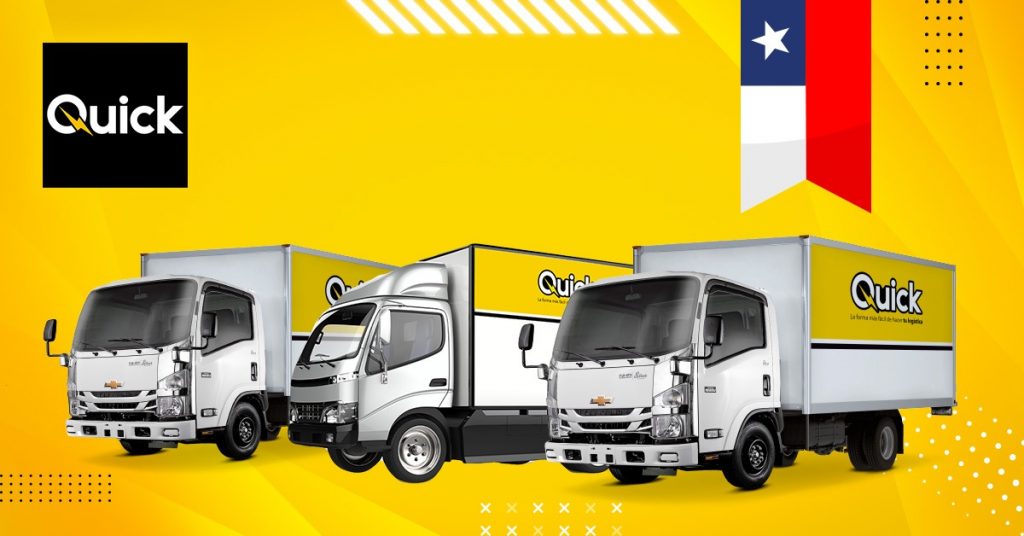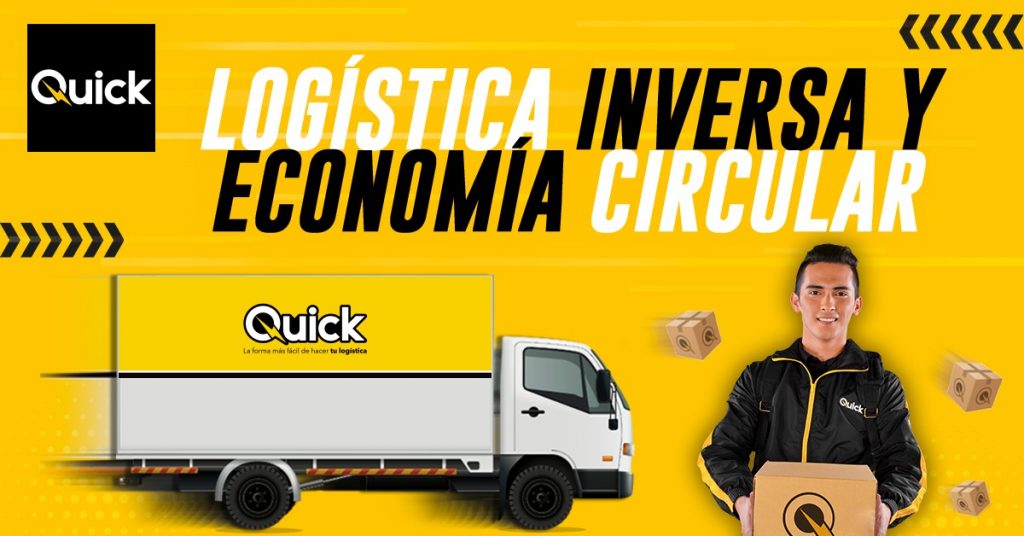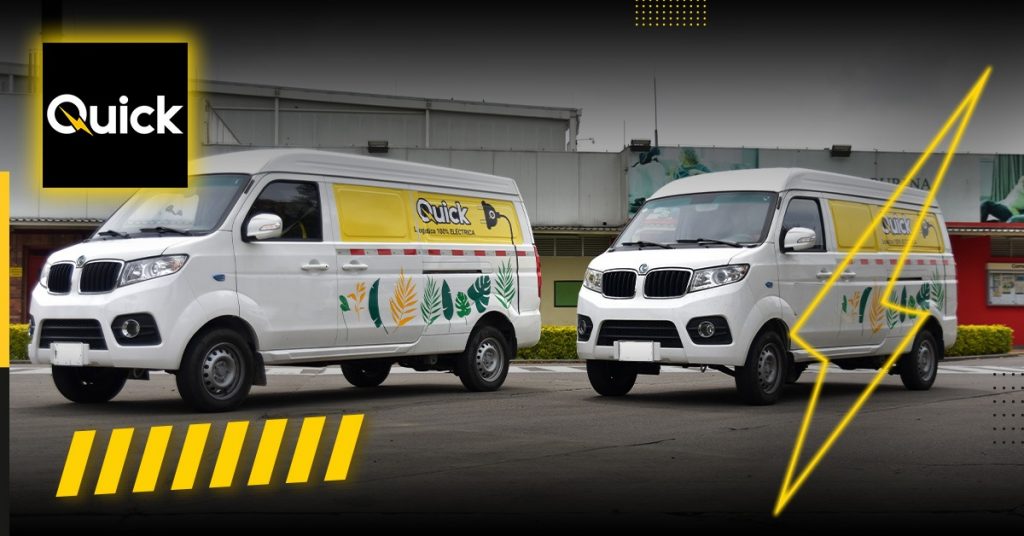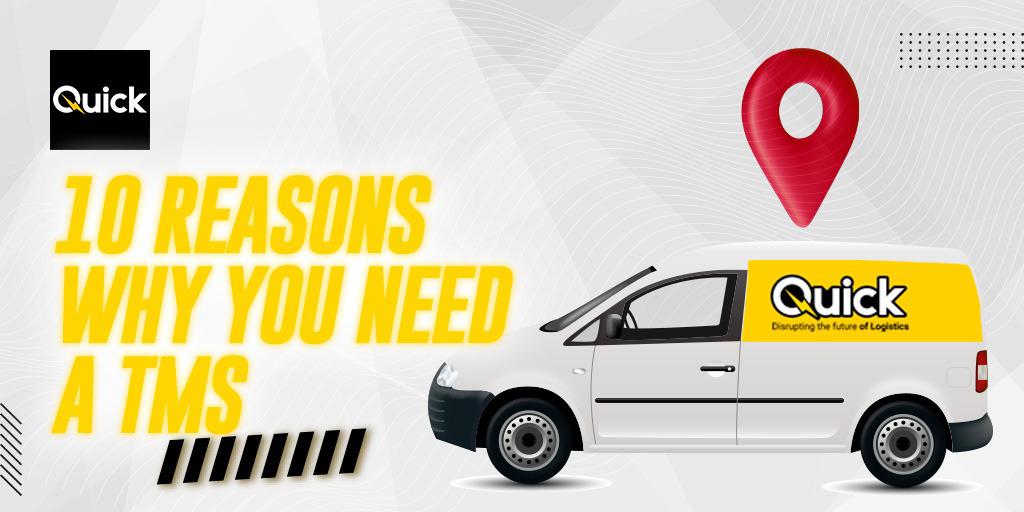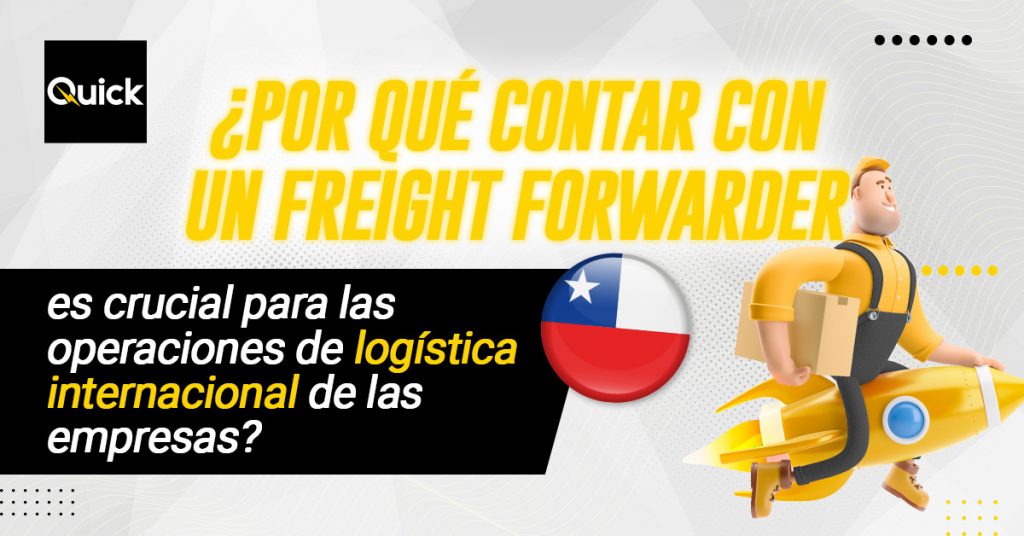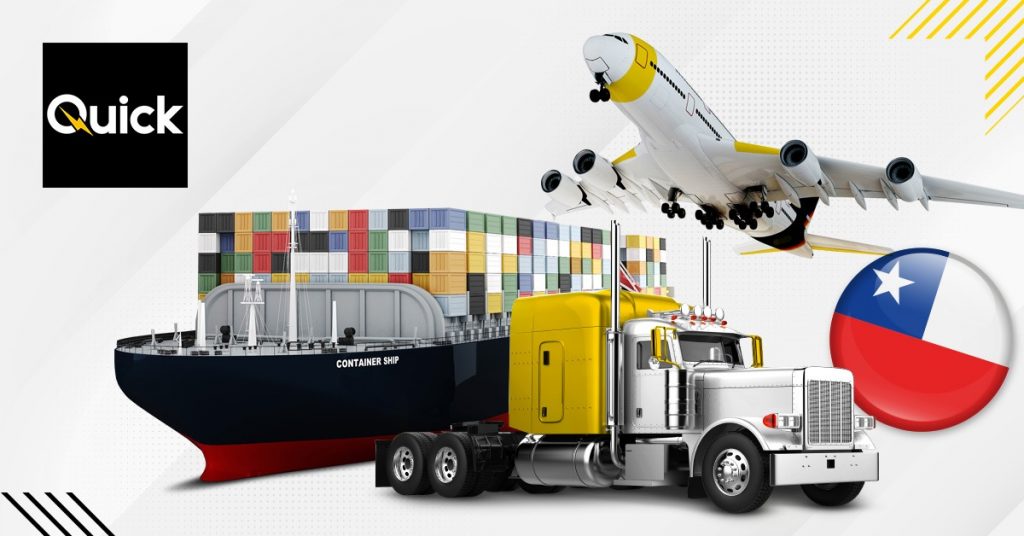A qualified professional should be consulted prior to making financial decisions. There are probably many more uses for liquidity pools that are yet to be uncovered, and it’s all up to the ingenuity of what is liquidity mining DeFi developers. So far, we’ve mostly discussed AMMs, which have been the most popular use of liquidity pools.
Liquidity pools enable users to trade on DEXs
Another, even more https://www.xcritical.com/ cutting-edge use of liquidity pools is for tranching. It’s a concept borrowed from traditional finance that involves dividing up financial products based on their risks and returns. As you’d expect, these products allow LPs to select customized risk and return profiles. A liquidity pool is like a pot containing crypto coins locked up in a smart contract that allows people to trade easily.

What is the purpose of liquidity pools?

DEX volumes can meaningfully compete with the volume on centralized exchanges. As of December 2020, there are almost 15 billion dollars of value locked in DeFi protocols. Some protocols, like Bancor and Zapper, are simplifying this by allowing users to provide liquidity with just one asset. This saves a lot of time and effort for users as they don’t have to perform manual calculations or acquire the second asset. For example, let’s say you want to create a pool that contains the trading pair ETH/USDC.
Final Thoughts: Are DeFi Liquidity Pools Legit and Worth Your Time?
Liquidity Pools are not imaginary pools filled with water, they are pools filled with money. In fact, they are actually smart contracts that allow traders to trade tokens and coins even if there are no buyers or sellers out there. Yes, anyone can become a liquidity provider by depositing crypto assets into a liquidity pool. These assets could be any pair of tokens, including stablecoins, which are cryptocurrencies designed to minimize price volatility. Liquidity tokens, also known as LP tokens, are an essential part of the mechanism of liquidity pools. These tokens are given to liquidity providers as proof of their contribution when they deposit their assets into the liquidity pool.
Liquidity pools eliminate middlemen and centralized entities
The content published on this website is not aimed to give any kind of financial, investment, trading, or any other form of advice. BitDegree.org does not endorse or suggest you to buy, sell or hold any kind of cryptocurrency. Before making financial investment decisions, do consult your financial advisor. With the Order Book, sellers will set the minimum price of the assets they want to sell, and buyers will set the maximum price they are willing to pay for such assets. If the system matches the seller and buyer, both with the same set price for the same item, it finalizes the deal. There are two ways how you can look at it – as an investor, and as someone who will actually use the pool.
- The below visual illustrates how a traditional order book-based market maker functions.
- When you’re buying the latest food coin on Uniswap, there isn’t a seller on the other side in the traditional sense.
- Liquidity in DeFi is typically expressed in terms of “total value locked,” which measures how much crypto is entrusted into protocols.
- Alright, in reality, it’s a more complicated problem than that, but the basic idea is this simple.
- Below are three benefits that liquidity pools have over traditional market-making systems.
- However, low liquidity can incur more slippage and the executed trading price can far exceed the original market order price, depending on the bid-ask spread for the asset at any given time.
Join our free newsletter for daily crypto updates!
This pooling helps reduce price slippage that may occur when large trades impact market prices negatively. In conventional financial markets, centralized intermediaries provide liquidity. For example, banks will lend you money without matching dollar-for-dollar with depositors. And stock exchanges use specialists and market maker incentives to encourage trading and liquidity. And in 2018, Uniswap, now one of the largest decentralized exchanges, popularized the overall concept of liquidity pools. The advantage of using liquidity pools is that it does not require a buyer and a seller to decide to exchange two assets for a given price, and instead leverages a pre-funded liquidity pool.
Trade Execution and Pool Balance
Knowing the many forms of liquidity pools enables individuals to choose appropriate solutions depending on their risk tolerance and investing approach. A liquidity pool is a collection of cryptocurrencies used to facilitate transactions on a decentralised exchange. Low liquidity leads to high slippage—a large difference between the expected price of a token trade and the price at which it is actually executed. Low liquidity results in high slippage because token changes in a pool, as a result of a swap or any other activity, causes greater imbalances when there are so few tokens locked up in pools. When the pool is highly liquid, traders won’t experience much slippage.
Essentially, when you want to buy a stock on Robinhood at “market price” you are just submitting an order to buy all the stocks at the current price that sellers are willing to sell for. If you look on this graph (the left one) you can see how many buyers and sellers there are at different prices. Here is an example of how that works, with a trader investing $20,000 in a BTC-USDT liquidity pool using SushiSwap. Imagine that you have $100 of spare money – money that you don’t need at this point in time, and can use at your leisure. Alex leans on his formal educational background (BSBA with a Major in Finance from the University of Florida) and his on-the-ground experiences with cryptocurrency starting in 2012.
The Role of Crypto Liquidity Pools in DeFi
Staking pools are essential for the operation of networks that employ delegated (DPoS) or proof of stake (PoS) consensus mechanisms. Crucial for managing risk and securing profits, an exit strategy is a plan for selling or liquidating a position in a cryptocurrency to achieve the best possible financial outcome. Retail investors are individual, non-professional investors who buy and sell cryptocurrencies using their personal funds. In some cases, there’s a very high threshold of token votes needed to be able to put forward a formal governance proposal.
In order for decentralized exchanges to function properly in an automated manner, they need to have some sort of an asset pool. It’s like a car and fuel – while the car might be awesome, if it has no fuel, it’s useless. Liquidity pools are a revolutionary concept in the DeFi space, allowing for efficient, decentralized trading while offering lucrative earning opportunities for liquidity providers. However, they also come with their own set of risks, and potential users should thoroughly understand these before participating. As the DeFi ecosystem continues to evolve, we’re likely to see more innovation and improvements in liquidity pool technology.
The Uniswap protocol charges about 0.3% in network trading fees when people swap tokens on it. If you’re looking up what a DeFi liquidity pool is, chances are you’re deep in a decentralized finance rabbit hole. Maybe you’ve played with DeFi products like Uniswap and Aave, and perhaps even yield farming. Smart contracts power liquidity and are self executing agreements coded on the blockchain. Though designed to be secure, smart contracts can still have bugs and vulnerabilities that hackers may exploit to drain the pool causing losses for LPs. For instance in 2020 bZx experienced a flash loan attack due to a flaw in its contract, resulting in a loss of $1 million.
These incidents underscore the importance of auditing contracts before engaging in liquidity pools. Another advanced feature offered by liquidity pools is granting governance rights to LP holders. In DeFi platforms, holding LP tokens allows users to partake in governing decisions for the protocol.
If the funds are pooled together instead, participants can rally behind a common cause they deem important for the protocol. As anyone can be a liquidity provider, AMMs have made market making more accessible. One of the core technologies behind all these products is the liquidity pool. As more centralized exchanges store the information and documents of their customers, there is a greater possibility that the information of customers could be exposed in the event of a data breach. The order book also presents some challenges, one of the most significant of which is a lack of transparency. Exchanges have been caught engaging in price manipulation, insider trading, wash trading, as well as manipulating their trade orders.
This incentive structure has given rise to a crypto investment strategy known as yield farming, where users move assets across different protocols to benefit from yields before they dry up. DeFi, or decentralized finance—a catch-all term for financial services and products on the blockchain—is no different. Another emerging DeFi sector is insurance against smart contract risk. Decentralized Finance (DeFi) has created an explosion of on-chain activity.
Above all, however, most blockchains can’t handle the required throughput for trading billions of dollars every day. Even though it has its drawbacks, it helps carry out many DeFi activities like trading, crypto yield farming, lending, arbitrage trading, and profit-sharing. In addition, you can also get passive income by being a liquidity provider. So not only are users earning from decentralized trading activity in the pool, they’re also earning returns from staking the liquidity tokens they receive.
By doing so, they can receive fees collected from borrowers or traders that dip into the pool. Generally, the income they generate depends on their contribution to the pool. Liquidity pools are an innovation of the crypto industry, with no immediate equivalent in traditional finance. In addition to providing a lifeline to a DeFi protocol’s core activities, liquidity pools also serve as hotbeds for investors with an appetite for high risk and high reward. Liquidity pools are the basis of automated yield-generating platforms like yearn, where users add their funds to pools that are then used to generate yield. One of the first protocols to use liquidity pools was Bancor, but the concept gained more attention with the popularization of Uniswap.
